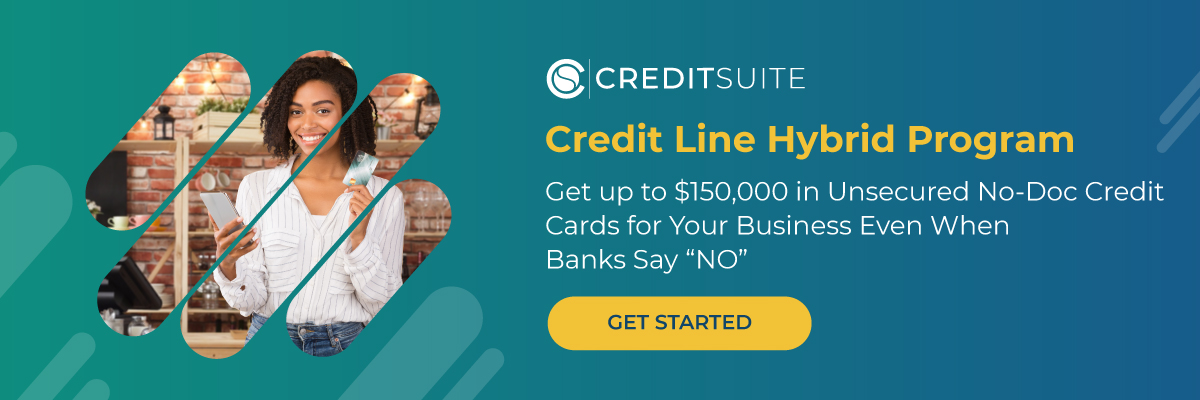Small businesses are the backbone of the United States economy, making up 99.9% of all businesses in 2022.
However, they’ re also subject to unique challenges, such as limited resources and lack of capital, causing 20% of small businesses to fail within the first year.
re also subject to unique challenges, such as limited resources and lack of capital, causing 20% of small businesses to fail within the first year.
As a small business owner, how do you avoid this fate? What if there was an easier way to spearhead growth and score higher returns on your investment? That’s where understanding financial leverage comes into play.
In this article, we’ll look at how you can use financial leverage to maximize your success as a small business owner.
Let’s dive in.
What is Financial Leverage and its Formula?
You may have heard the saying, “you have to spend money to make money.” This simple saying is the foundation for understanding financial leverage.
As a small business owner, financial leverage involves borrowing money to increase your business’ profit and make a healthy return on your investment.
You can use a variety of financial ratios to analyze your company’s performance and debt capacity. But the debt-to-equity ratio — or financial leverage ratio — is most commonly used to compare the amount of debt your company carries with the amount of equity on the books.
The financial leverage formula is:
Total Debt / Shareholders Equity = Financial Leverage Ratio
How Is Financial Leverage Calculated?
Here’s what you need to do before calculating financial leverage:
- Calculate the amount of debt your business currently holds by adding both short-term and long-term debt.
- If you have stockholders, multiply the number of outstanding shares by the current price per share.
Remember, debt represents the total amount borrowed from banks or other lenders for a business purpose. Equity represents the money you invested into the business, plus any retained earnings above needed working capital.
Let’s take a look at an example to nail down the calculation. The owner of Skrifty wants to understand their financial leverage ratio with this balance sheet:
- Assets:
- Cash: $120,000
- Inventory: $20,000
- Equipment: $10,000
- Total Assets: $150,000
- Liabilities:
- Accounts payable: $10,000
- Notes payable: $100,000
- Owners equity: $200,000
- Total Liabilities: $310,000
Let’s add the total debt (accounts payable + notes payable).
$10,000 + $100,000 = $110,000
Now, we use this total debt calculation divided by the owner’s equity to find the leverage ratio:
$110,000 / $200,000 = 0.55
A financial leverage ratio of 0.55 indicates that Skrifty uses $0.55 in debt financing for every dollar of equity financing.
The industry standard for a company in good financial standing is a financial leverage ratio of less than 1. Companies with ratios above 1 are considered riskier to lenders and potential investors.
In other words, keeping your financial leverage ratio under 1 will improve your valuation and attract a wider scope of buyers if you are ever looking to find buyers for your business.
What are the Types of Financial Leverages?
Here are five different types of financial leverage that can help your small business grow:
- Debt financing: Borrowing money from a bank or credit union to help fund your business.
- Leveraged buyouts: Borrowing money to purchase a controlling interest in another company. The borrowed money is then paid with interest using profits from the business.
- Leveraged recapitalization: Raising money without giving up shares in your company. Using leverage, you can borrow money from bankers or other investors and use the funds to buy back your company’s shares. That way, you can raise capital without diluting your ownership stake in the company.
- Leveraged acquisitions: Using borrowed funds to purchase another business without having its assets tied up in the acquisition. It uses the acquired company’s assets and liabilities as collateral for the loan.
- Leveraged dividends: Paying out dividends to stockholders with borrowed cash instead of from current earnings. The benefit is that interest payments on loans are tax deductible at specific rates under US law.
Risks of Financial Leverage
There are some risks associated with leveraging your business. For example, you could lose control of your company or not be able to pay back the loan. The risk is higher for small businesses than for large ones because you might not have the resources or liquidity to handle an unexpected financial situation if things don’t go as planned.
Leverage wisely and ensure you’re comfortable with investing in debt to mitigate risk. If you’re unsure about how much debt would work best for your business, consult a financial advisor who can help guide you through these decisions and answer any questions that come up along the way.
It’s always wise to consult with an expert before pulling the trigger on a significant financial decision, regardless of the circumstances. For instance, you wouldn’t invest your entire retirement portfolio into a Gold IRA without first checking with experts like Noble Gold Investments. The same practice holds true for your business.
Examples of Financial Leverage
When you use debt to buy an asset that you expect to increase in value or generate additional income, it’s called financial leverage. Here’s an example of financial leverage in action:
Sally started a small dental practice in Nebraska six years ago. She currently rents a small 2,000-square-foot office.
She’s increased her new patient enrollment by 75% over the past two years. She even tried virtual receptionists to streamline the patient onboarding process, but it wasn’t enough. Ultimately, her current office space is too small to keep up with the growing practice.
Sally is ready to purchase a larger dentist’s office so she can add more chairs, change her sales strategy and hire new dental hygienists to take on new patients. She currently has two potential options on the table.
- Sally can use $200,000 in cash to purchase a 5,000-square-foot dentist’s office.
- Sally can use $100,000 of her own money and borrow $600,000 from the bank to purchase a larger 10,000-square-foot dentist’s office. The bank loan requires 5% annual interest payments.
Let’s put a few other hypotheticals on the table. Both property values will increase by 10% in a year. And Sally decided to sell either building at the end of the year. Which option should Sally choose?
Option A:
- Cash: $200,000
- Property sale: $220,000
- Profit: $20,000
Option B:
- Cash: $100,000
- Debt: $600,000
- Interest: $30,000
- Property sale: $770,000
- Profit: $40,000
Option A results in a $20,000 profit for Sally or a 10% return on her initial investment with no financial leverage.
On the other hand, if Sally goes with Option B (using financial leverage), she could earn a profit of $40,000 or a 40% return on investment. Therefore, Option B is the winner.
Wrapping up
Financial leverage can be a great tool to allow your small business to grow faster than otherwise anticipated with only the cash available on your books.
When you use debt to finance your growth, you can invest in new equipment, buy out competitors and open new locations. This financial freedom is vital for small businesses, which often lack funds compared to larger companies.
While financial leverage can help your business grow and prosper, it can also be risky if the assets you are leveraging depreciate. It’s important to consult with financial experts before making significant financial decisions about your business.

